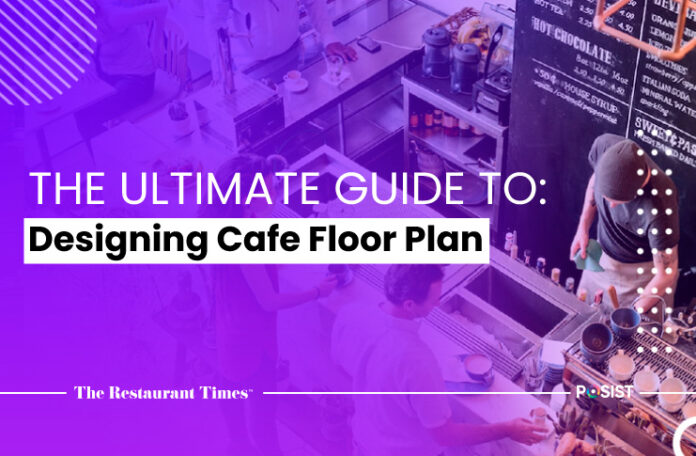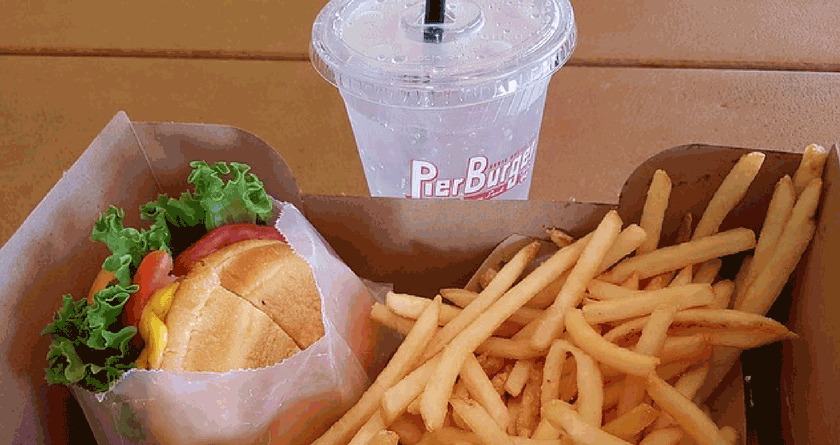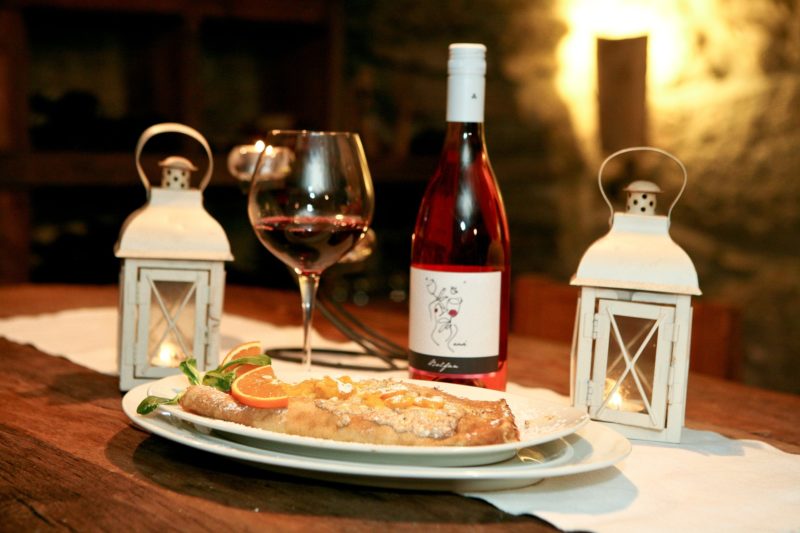Do you really need us to share stats with you about why your café’s floor plan is important for your customers? A well-designed floor plan is the first thing that entices your first-time visitors. It can make or break their experience. So, why wouldn’t you want to make it attractive?
And you don’t even have to spend a lot of money to achieve that. A good layout is simple, friendly, and engaging, whereas a bad design may force clients to take a pledge never to return. So, whether you’re actualizing your dream of building your coffee shop or upgrading an existing one, it’s critical to thoroughly consider your floor plan goals.
You must design a well-thought-out cafe floor plan to make sure you provide a pleasurable experience for your customers and staff (as well as satisfy all legal requirements for your cafe!). And this guide will assist you in doing just that, preparing your cafe for long-term success.
What is a Cafe Floor Plan?
A cafe floor plan is a map of your café’s physical layout. In your floor layout, every inch of space matters, both indoors and out. Because, in the end, the floor plan will allow you to imagine how all of your café’s sections will fit together.
Floor layouts necessitate some innovation and research, as they must blend your vision for the café with the availability of the space. The way your customers and servers navigate your cafe is as vital as the ambiance and experience.
Key Requirements for a Cafe Floor Plan
The café floor plan gives you an overview of the entire space. It can assist you in determining how to make the best use of your area while also developing pathways for easy consumer and staff mobility. The following elements are some of the key requirements in a well-designed cafe floor plan:
- Kitchen
- Coffee bar
- Restrooms
- Ordering station
- Entrance and emergency exits
- Waiting area
- Seating/Dining area
- Staff rooms
- Outdoor patio
You can also arrange the back of the restaurant and open areas alongside your restaurant floor to ensure that all spaces flow properly.
How to Create a Cafe Floor Plan?
Depending on the size, aims, and target clients of your coffee business, you may want to choose one or more of these areas. Therefore, it’s a good idea to compile a list of the most significant concepts and design concepts that you may refer to while you conduct research or generate ideas for floor designs. Here are a few factors to look out for:
- Account for the Weather: Weather plays a very important role in determining your café’s ambiance. If you’re in a chilly or rainy climate, you’ll need additional space for customers to queue and sit indoors. Whereas, if your store is going to be in a more sunny area, you might be able to arrange for a lot of outdoor patio seating.
- Plan for Efficiency: It’s crucial to establish a reputation for providing rapid, effective service, and your layout may promote this. Working with skilled baristas, for instance, guarantees that your establishment is productive and that employees won’t conflict. Additionally, if selling baked products is your goal, position a display cabinet along the ordering line so that clients may make their choices before going to the cashier. Making every process efficient results in satisfied clients and content workers whose tasks are organized.
- Future Goals: The floor layout of your cafe is also influenced by your goals. If you plan to encourage groups of tourists to meet for a coffee and snack around a table, you may provide a different seating arrangement than if your goal is to attract college kids to grab a bite and study.
- Size of the Establishment: If you want to open a tiny walk-up coffee shop, your floor layout should be 500 sq ft or a little less. In this situation, you should probably assign more floor space for waiting, paying, and picking up coffee and less space for chairs or toilets. Whereas, you have a lot more floor room to deal with with a medium-to-large cafe of 1000–2500 sq ft. In that case, you can design a place where customers can grab a cup of coffee and work on their laptops.
Examples of Best Cafe Floor Plan and Design Layout Ideas
Whether you’re working with a designer or doing it yourself, it’s critical to learn how to create a blueprint and floor plan for your cafe. This article will help you understand how to begin the design process, which starts by using a floor plan design to develop a map of each of your café’s spaces following best practices. To help you design the best floor plan, here are some ideas for the finest café design layouts:
Entrance and Exit Floor Design
Your café’s entrance is where customers will first encounter you and form an opinion of your establishment. This implies that it’s essential that your entrance area both welcomes visitors and gives them important information about your cafe.
Ensure that there is enough space for customers to wait to be seated in a full-service café. In the case of a counter-service cafe, prioritize the ordering path for guests and in a high-traffic area (such as a mall or shopping center), you may not require as much waiting space as you would if you were a stand-alone café.
cafés must also have a fire and emergency floor plan. Design software can assist you in properly mapping out emergency exit routes. Once you’ve finished your floor plan, make sure to convey the routes to your personnel and identify external exits for customers.
Coffee Bar Floor Design
We have firsthand experience with the discomfort of working in a poorly structured cafe, which slows down the pace of every employee, particularly the barista. Ask a great barista you trust to assist you in designing your coffee bar.
Your arrangement might be influenced by your menu and the workflow of your baristas. Assess how close the stations are to one another, how many employees will be working on a shift, and your café’s serving capacity.
Consider the area where your guests or servers will interact with the baristas. How will your café direct customers to the location? An easy floor plan will guide customers through the service stages, making them feel peaceful and at ease in your café area.
Kitchen Floor Design
When there isn’t enough room for people to work effectively, time, quality, and eventually earnings suffer. Whether your cafe is a counter-service-only operation or a cozy full-service establishment, the cooking space is an important factor to consider when designing your floor layout. If you have limited space, think about how you may optimize it for maximum output while still allowing adequate room for your employees to prep, cook, and bake.
POS Software and Cashier Station
The POS software is the heart of your cafe; it’s how your cashiers and servers connect with chefs and baristas, as well as how your café’s operations are tracked. A counter-service cafe will most likely feature one POS station where clients place orders with the cashier. Whereas, the POS stations in a full-service café need to be located where your servers can access them easily. You might also want to consider investing in handheld POS systems that your servers can utilize at the table to lessen the legwork.
Back-Room Floor Design
Floor layouts should always contain staff areas (such as a private office and break rooms). Set aside a room in the back of the house for your managers to conduct administrative chores and for all of your employees to take breaks. Designating a staff space will help to keep your cafe organized by giving a communal spot to display schedules and announcements.
Seating Area Floor Design
Undoubtedly, the seating area is the most significant blueprint you’ll design. It will be the one that controls the majority of the guest experience, which is why the layout of your dining area must complement the style of your cafe.
If you want to create a simple cafe, a clean, open floor plan may be the way to go. But this strategy might not be effective if you’re trying to design that quintessentially intimate cafe, wherein you would prefer a more intimate ambiance. The floor plan you choose is entirely dependent upon the type of café you want.
Outdoor Area Floor Design
If you have the privilege of outside space, make the most of it. A lovely patio can attract different types of consumers to your café, resulting in increased sales and profits. However, difficult-to-access or difficult-to-obtain outdoor space can hinder guest experience by making both customers and employees reluctant to use the extra space. To avoid this, create a floor plan that makes the outdoor room accessible to guests and servers.
Conclusion
Once you’ve created precise designs and floor plans for your cafe, it’s time to start making your dreams a reality. Plumbers, builders, electricians, marketers, designers, and your team can all help you develop your dream cafe.
Although designing a café’s floor plan can be challenging, the good news is that there are numerous software programs available that make planning your café’s floor plan straightforward. Additionally, engaging an interior designer can assist you in creating the mood and experience you desire for your customers. They can assist you in painting, decorating, and acquiring furniture that is both functional for your area and complements the aesthetic of your café.
Related Readings:

















